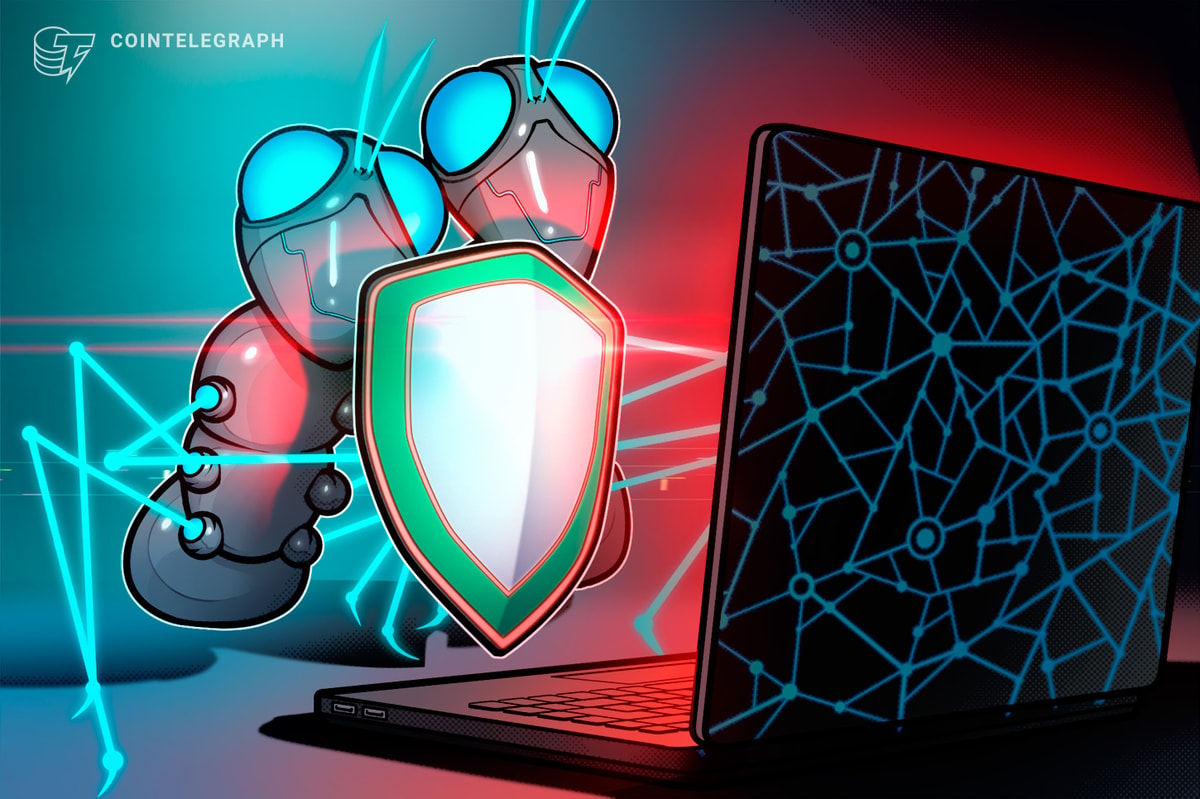Safeheron, a digital asset infrastructure provider based in Singapore, has introduced an open-source Trusted Execution Environment (TEE) framework. This solution could bolster security and privacy for Web3 in sectors like decentralized finance (DeFi), payment services, and decentralized autonomous organizations.
The TEE framework is the first built upon the native Intel SGX SDK and developed using modern C++, a general-purpose object-oriented programming language often used for operating systems, game development, and high-powered computing.
Safeheron decided to open-source the framework because the company had seen growing concerns across the industry about closed, opaque systems, especially as security incidents have become more widespread.
Related: Fully onchain AI agents can be the key to a more open AI future — Here’s why
“We’re not threatened by competitors,” Safeheron CEO Wade Wang told Cointelegraph. “What worries us is slow innovation due to closed systems.”
A critical technology for protecting code and data, Trusted Execution Environments create secure, isolated spaces within CPUs. These spaces are traditionally called “enclaves.” In these spaces, programs can run while protected from external attacks, including those coming from within the hardware.
Some sectors of Web3 that employ TEEs include privacy-focused blockchains, oracles, DeFi, payments services, and exchanges. Oasis Network, Secret Network, and Phala Network are known for using TEEs. Other companies, such as Chainlink, are suspected of using TEEs.
Safeheron’s new TEE framework allows clients to use cloud services to create enclaves. Any cloud service, including those that are public, that supports Intel SGX servers will do.
Safeheron has provided services over 100 clients, primarily payment providers, OTC desks, trading firms, and wallet service providers. Its clients include MetaMask, Doo Group, and Amber Group. According to the company, its cumulative transfer volume recently surpassed $100 billion.
In August 2022, Safeheron raised $7 million in pre-Series A funding. The capital was allocated to research, development, and expanding the company’s business team.
Related: Here’s how ‘confidential AI’ with blockchain and TEEs protects data privacy
Buterin proposes TEE for Ethereum privacy
In an April 11 roadmap, Ethereum co-founder Vitalik Buterin proposed adding a TEE to the Ethereum ecosystem to enhance user privacy. The TEE would be a short-term solution allowing “users to interact with RPC nodes while getting stronger assurances that their private data is not being collected.”
He also called for the addition of privacy-protecting tools to Ether (ETH) wallets. TEEs could help here as well by protecting private wallet keys. Announced at the time of its fundraise, Safeheron secured MetaMask as a client in August 2022.
Another area in crypto where TEEs can help is Succinct Non-Interactive Arguments of Knowledge, or SNARKs. An August 2024 study by Imperial College London found that vulnerabilities in the circuit layer pose significant threats to these systems. TEEs could guard against any attacks coming from within the system.
Magazine: Ethereum is destroying the competition in the $16.1T TradFi tokenization race
Read the full article here


